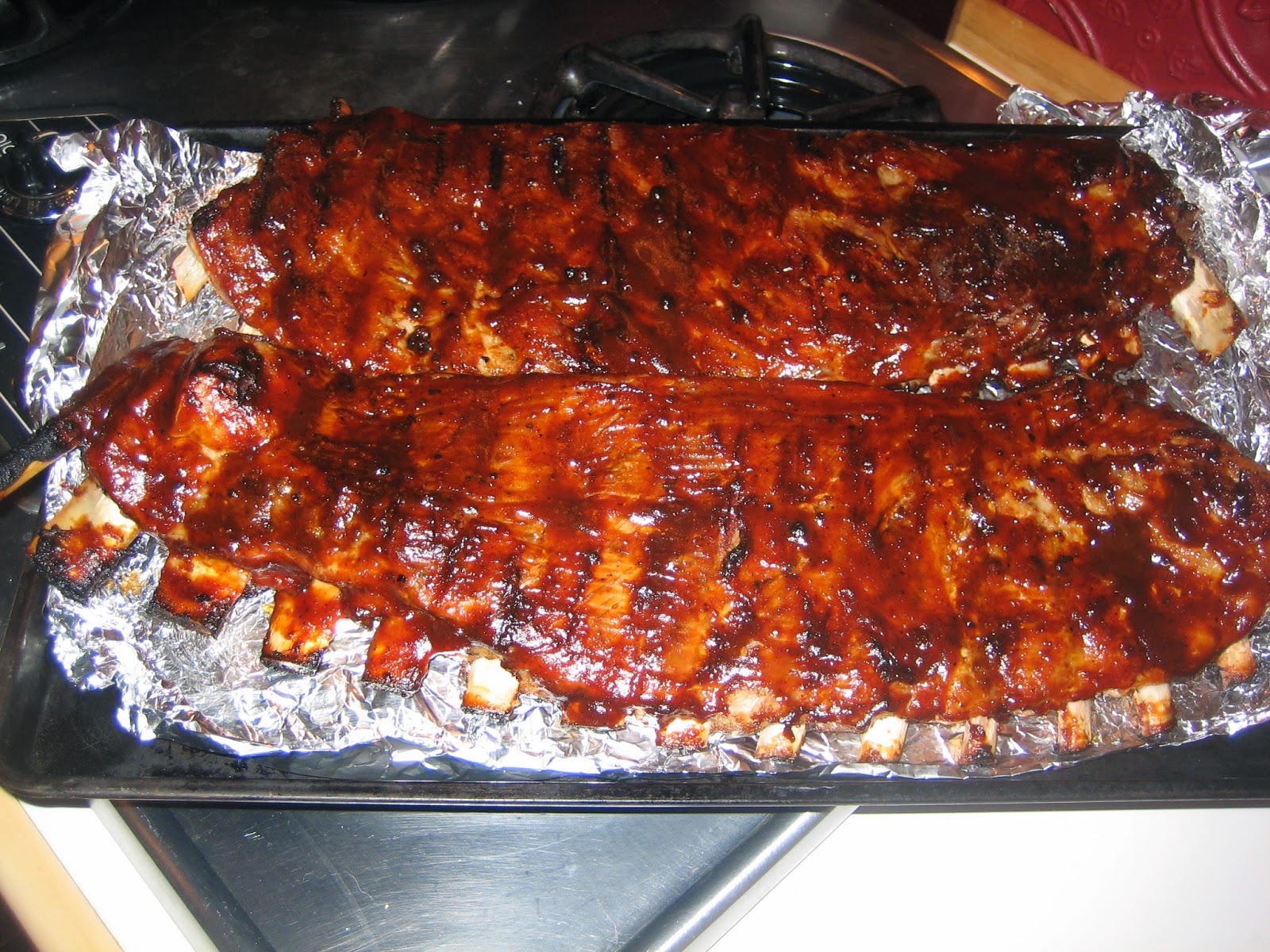Trying to Remove Jalapeno Heat from Hands
Cooler weather and football games kicking into full gear made the weekend dinner menu an easy one. Our Sunday evening meal consisted of a large pot of homemade chili. The responsibility of preparing chili in our home is alternated between my wife and me. As most of my Sunday was consumed with yard work, chili production fell into her hands for the day. While we both stick to similar recipes, my wife goes down a milder path that produces a tasty batch yet without the influence of chili or jalapeno peppers. In preparing our meal, I added my own last minute heat by chopping up some jalapeno peppers picked straight out of my garden. I diced these peppers fine and put them in a side dish that served my own personal chili topping. To say these peppers were hot would be an understatement. The level of heat or scoville units of a jalapeno can be misleading. I have tried some jalapenos that were mild as a cubanelle or poblano on one extreme, and then had some be as fiery as a ca...




